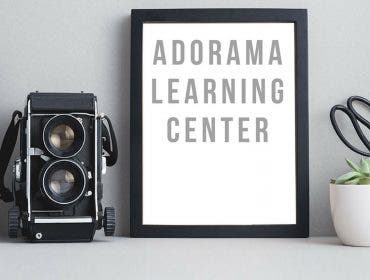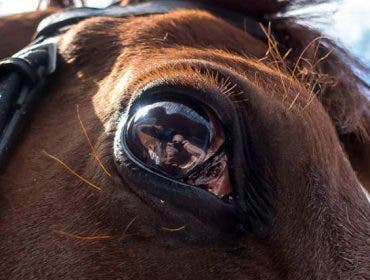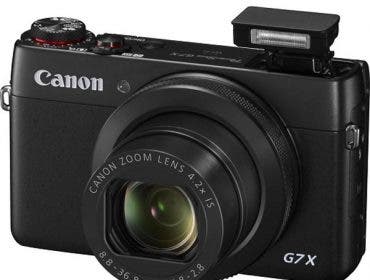Welcome to the second part of my musings about SONY’s RX100 MK IV. In the first article, I talked about first impressions and gave a general overview of the camera’s impressive technical capabilities. Two months later, and this camera and I have been become inseparable. I will share with you my experience of what has made this camera great as my go-to gear.


Let me start with functionality – very obvious for all users of more serious cameras, something that is long lost from many compacts – the viewfinder. In this case, it’s a more advanced sibling of a viewfinder, the electronic viewfinder (EVF). One of the big advantages of this 2.36m dot pop-up OLED EVF over a classic viewfinder is its capability to apply all camera settings to the image viewed on its super sharp screen. Whether we play with aperture, shutter speed, ISO, or any other setting (ie, picture profiles) all these changes are reflected on the screen so in terms of the final photograph, what you see is what you get! For experimenting with settings this advantage a life changer.

The Sony RX100 MK IV viewfinder has also a few other very smart functions. For example, you can set the viewfinder to turn the camera on and off when it’s opened and closed. This is the fastest and most convenient way to get from “turned off” to “ready for action,” perfect for so many of life’s fleeting moments that you can now be fast enough of to capture on camera. Another handy feature is that settings can be changed using EVF without turning on the camera. Just press play, open EVF, press menu, et voilà.


I was initially enchanted by the magnificent 3-inch screen on the back, and rarely popped the viewfinder out. But after a week or two, I started using the viewfinder all the time, finding that it gave me a much better experience. Did I mention that RX100’s EVF coverage is 100%? Well, it is!

Enough about the EVF, let’s talk about this camera in action and on assignment. As I mentioned in the first installment of this series, I was going to test the camera’s true workhorse capabilities by taking it out in the field – in this case, a music festival. First of all, the RX100 is so small that once I hung it on my shoulder it stayed there without being obtrusive – as long as I remembered it was there, it was all good! Because the camera is so light, it made it easy for me to be ready to shoot at any given moment, perfect in this shooting environment. Fortunately, the MKIV’s quality is quite spectacular, even in low light, and thanks to a combination of fast lens and flexible ISO, we can grab images with quality that can be easily be used not only online but in print as well.


While we are on the low-light performance issue, let me throw a few thoughts out there. For some reason, we got completely dazzled by the magic of numbers in photography, sometimes forgetting to notice the true capabilities of a camera. I still remember getting my first DSLR in 2004 – 6MP, max ISO 1600, images so grainy that you could barely see anything but I used them anyway, often just changing photographs to black and white to get rid of overwhelming noise. Fast forward a decade, and with the RX100, we have ISO of 12800, 1.7 lens and over 20MP IN OUR POCKET. The quality and dynamic range of the images is fantastic and it’s very impressive in retrieving things hidden in the dark, while not losing legit sharp details across the image.

For me, the combination of size and quality makes it my favorite new camera to always have around. I didn’t always haul a DSLR with a big lens around, but since RX100 arrived I can reliably take a great quality photograph at any time since it doesn’t leave my side. It’s small and unobtrusive to the point that people don’t even notice it. I lose so many less opportunities to grab a fully controlled image by not having DSLR on me! Unlike a DSLR, the RX100 is tiny, light, and COMPLETELY SILENT (once you set it to use electronic shutter). The RX100 MKIV is a truly accomplished piece of photographic equipment, not just a pocket camera.
In the next article we will look at the RX100 MK IV as a point’n’shoot camera and dive into its many options and menus.




If you would like to see more of my work, please have a look at my website: soundofphotography.com and if you want to check out some of the overviews I did for Adorama, have a look around at Adorama TV channel on YouTube.
Keep looking, keep shooting.



